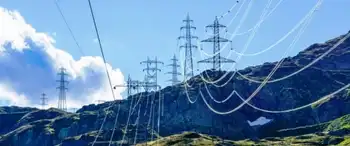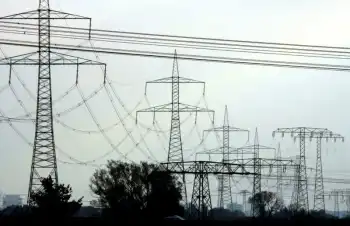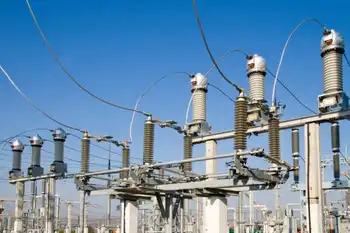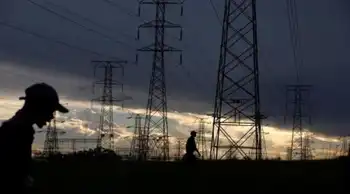Exelon power uprate equal to new nuclear station
By Business Wire
Substation Relay Protection Training
Our customized live online or in‑person group training can be delivered to your staff at your location.

- Live Online
- 12 hours Instructor-led
- Group Training Available
The first of the new, carbon-free nuclear megawatts was officially confirmed following equipment upgrades at Exelon's Quad Cities nuclear plant near Cordova, Ill. Other uprate projects are underway and Exelon plans to have the full measure of new megawatts on the grid by 2017.
"With these uprates, we will be able to produce the equivalent output of a new advanced nuclear reactor, and we'll bring it to market in a timeframe commensurate with the fastest new construction," Pardee said. "These uprates are a critical component of Exelon 2020, the company's plan to eliminate the equivalent of its 2001 carbon footprint by 2020."
Uprate projects improve the efficiency and increase electricity output of a nuclear generating unit through upgrades to plant equipment. The projects take advantage of new production and measurement technologies, new materials and learning from a half-century of nuclear power operations.
"We have a proven record of achieving additional output at our plants through equipment upgrades and efficiency improvements," Pardee said. "Nuclear uprates are safe, economical and add to the long-term safety and improved efficiency of a nuclear plant."
Exelon's uprate projects use proven technologies and are overseen by the Nuclear Regulatory Commission. They fall into four general categories:
• "Measurement uncertainty recapture" (MUR) uprates, in which more accurate metering allows more precise reactor operations and more electrical output. MUR uprates increase reactor thermal power and require NRC approval.
• Extended power uprates, in which reactor power can be safely increased by up to 20 percent after careful, rigorous analysis, equipment upgrades and NRC approval.
• Generator rewinds, in which replacing certain generator components with new copper makes it possible for the generator to produce more electricity. Power plants will continue to meet all NRC license basis requirements.
• Turbine retrofits, in which advanced technology has allowed production of new and better shapes and sizes of turbine parts, such as blades, rotors and casings. These new parts make the turbines more efficient, akin to improving the gas mileage on an automobile by using computer-controlled fuel injection rather than a carburetor. Power plants will continue to meet all NRC license basis requirements.
In addition to producing more megawatts, these component upgrades improve the reliability of the units and support operating license extensions, which require extensive review of plant equipment condition.
Uprate projects are underway at Exelon's Limerick and Peach Bottom nuclear stations in Pennsylvania and the Dresden, LaSalle and Quad-Cities plants in Illinois. Those are expected to produce nearly a quarter of the new megawatts.
The remainder of uprate megawatts will come from additional projects at nine Exelon plants beginning in 2010 and ending in 2017.
At 1,500 nuclear-generated megawatts, the uprates would displace 8 million metric tons of carbon emissions annually that would otherwise come from burning fossil fuels.
Exelon operates the largest fleet of commercial nuclear reactors in the United States and the third largest in the world. A series of plant upgrades and uprates over the past 10 years have already added approximately 1,100 new megawatts to Exelon Nuclear's generation.











